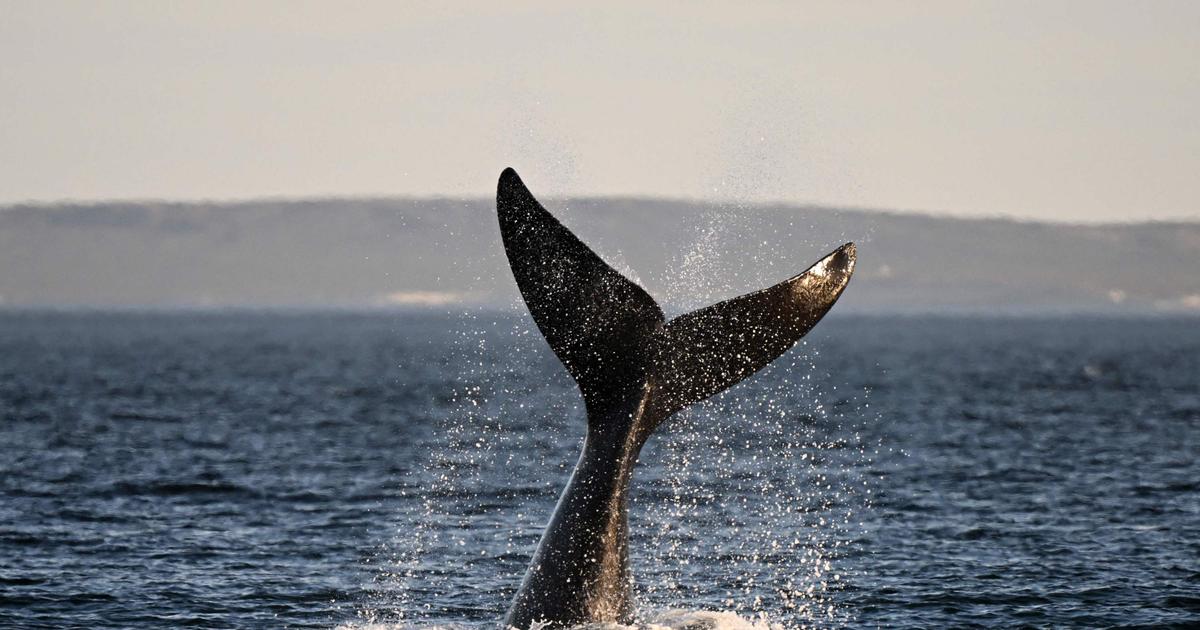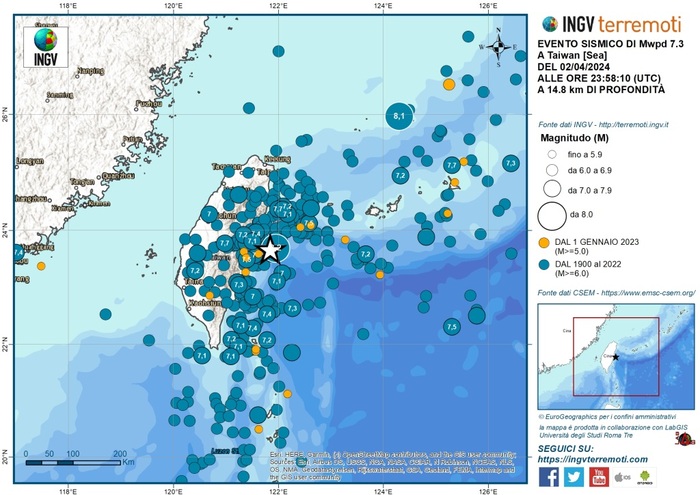Two more whales have died in the Valdez Peninsula, southern Argentina, bringing an unusual series to 15 in two weeks, but the phenomenon, probably linked to a toxic micro-algae, should fade in the short term , according to recent surveys.
L'Institut de conservation des baleines (ICB) a confirmé vendredi avoir recensé 15 corps de cétacés depuis le 24 septembre dans les eaux du Golfe Nuevo de la péninsule, et dit
«ne pas exclure que de nouveaux cas soient signalés dans les prochains jours» .
In the absence of abnormal or traumatic lesions, and given
"the good general condition"
of the dead animals examined, the preferred hypothesis is that of
"poisoning by proliferation of harmful micro-algae"
, a phenomenon known as
" Crimson Tide".
Analyzes are in progress to confirm the hypothesis.
This natural phenomenon, partly seasonal, is linked to a combination of factors such as water temperature, luminosity, acidity or salinity.
He sees the proliferation of micro-algae, some of which contain natural biotoxins, and which abound in the phytoplankton ingested by whales.
'Increasing trend' in whales
However, in recent days, the readings of toxins in the waters of the Gulf of Nuevo show that they
"have dropped a lot"
, from 6 to 7 times, so we can
"expect this (phenomenon) to reach its end
,” said Fernando Bersano, director of Fauna and Flora for the province of Chubut.
He recalls that the red tide phenomenon is recurrent in the Gulf of Nuevo, and that
“we cannot prevent or predict the degree of toxicity or how long it will last.
It's a cycle, and now we expect it to end."
The recommendation to the public not to collect or consume bivalve molluscs, which tend to concentrate biotoxins, however remained in effect for the time being.
Despite this recent mortality, the ICB recorded this year a record influx of southern right whales (Eubalaena australis) which return each spring from June to November to reproduce.
“Every year there are more whales.
It may be that one year we observe less, but the trend is increasing
,” assured AFP Mariano Sironi, scientific director of the ICB, which keeps an individualized register of 4,100 whales.
Some, returning every year for 20 years, have even been
“baptized”.
The ICB does not have a validated explanation for the increasing number of right whales at Valdez, but Dr Sironi points out that the species has been able to recover over time, since the 1931 ban on commercial whaling.
Its
"cousin"
from the North Atlantic, known as the "right whale" (Eubalaena glacialis) has recovered much less, and is considered one of the most threatened cetaceans, in critical danger of extinction according to the IUCN (International Union for nature conservation).








